Early Days of the Enviro Team
Contact the Enviro Team | Join Our Email Group
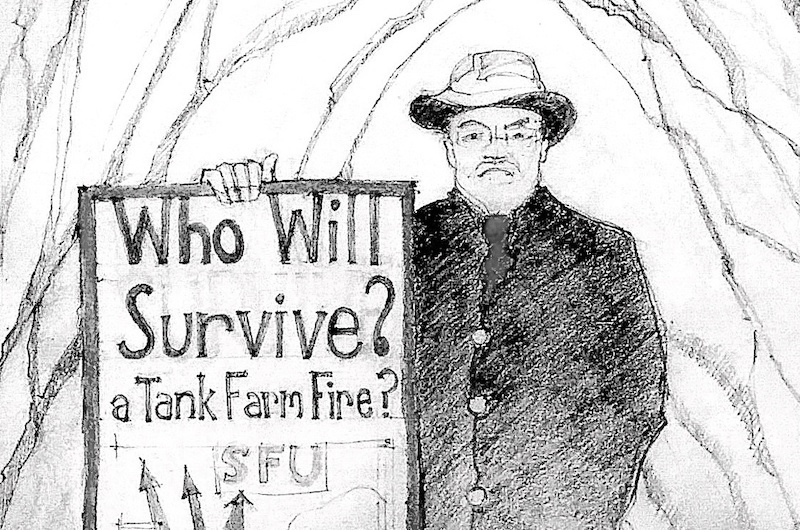
Illustration: Karl Perrin (2014) dressed in character protesting the proposed Trans Mountain pipeline expansion — Illus. by AnneD based on a photo by Jennifer Gauthier
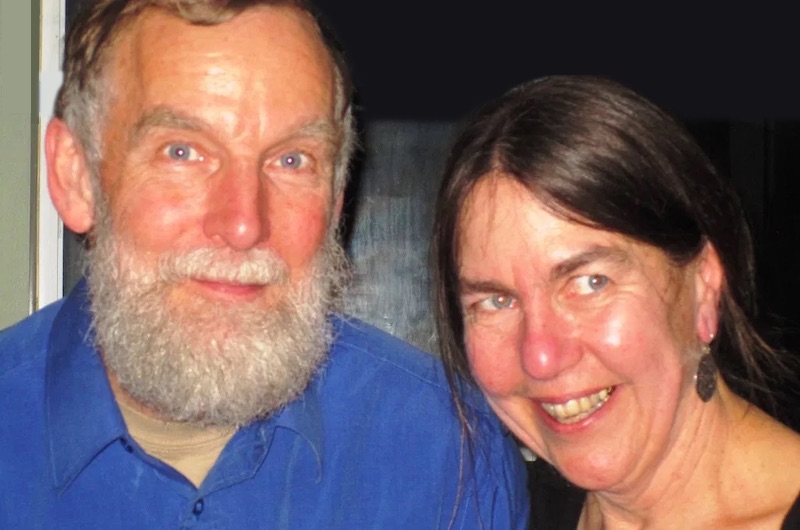
Above: Hans and Margo Elfert
UCV has a long and rich history of environmental activism. If you have a story you’d like to share, please contact the Enviro Team Outreach Coordinator. — We’d love to hear from you!
When did the Environment Committee begin? At the 1995 retreat? Years earlier when recyling started at UCV? Both answers are correct? Two longtime Unitarians share their memories of the early days of the Enviro Team.
Margo Elfert writes:
I have my first record of an Earth Day Service in April 1997. We’ve held an Earth Day Service every year since.
— Margo Elfert
I have a memory of a conversation at the retreat, in 1995, with someone about starting up an environment committee.
The reply I got was “Who told you you could do that?” I was pretty new to the church, so I didn’t know the protocol I guess, but we did it anyway.
At that time the Social Justice Committee and the Refugee Committee were very strong, but it was a little “new” to have a separate committee on the environment.
One of the first things we did was to work with Building and Grounds in consultation with BC Hydro to determined possible energy savings that we could implement immediately. Light bulbs and weather stripping were things we could accomplish.
We would have fundraising lunches, showing what we were supporting on the menu sign. I think this is when our “Green Fund” started.
I have my first record of an Earth Day Service in April 1997. We’ve held and Earth Day Service every year since.
In 2002 we discovered the UUA Green Sanctuary Project, and it gave us more direction. We used it as a guideline, but I’m not sure if we ever jumped through enough hoops to get our “Green Sanctuary” plaque.
Karl Perrin writes:
I’d been studying the abolitionist movement in the United States against slavery, and I thought of this phrase: Where Quakers lead, Unitarians will follow… I’m a Unitarian and Ruth Walmsley is a Quaker. So, when she got arrested… I decided that I would get arrested
— Karl Perrin
Yes it was Elaine Clemons. I recall Patience Towler (who did an historical sketch of enviro activities) said Elaine started recycling at UCV in about 1969
I respected Elaine as both an early environmental activist and a wonderful Vancouver School Board Speech-Language Pathologist (SLP).
When I was a therapeutic tutor (with a degree in Speech Therapy) I went to her for advice on a student with stuttering. She was very kind and supportive, since in those days stuttering was thought to be 100% behavioural. Now we know it is largely neurological.
At her memorial service, I remember her being lauded as a founding member of Burns Bog Conservation Society. I was one of a multi-faith group who went into the bog, guided by Don DeMill, on the first pilgrimage in 1999?
In 2007, Sister Cecilia and I revived it, with help from Rex Weyler and Ben West, as the Pilgrimage to Burns Bog, as a way to fight the Gateway project, especially Hwy 17, the South Fraser Perimeter Road.
We managed to get some amendment to the route to protect an eagle nesting site (Sherwood Forest on Nottingham’s farm), but lost the war. Nevertheless the Pilgrimage to Burns Bog, recognizing it as a sacred site, continues every Earth Day Sunday. UCV has a long history protecting Burns Bog.
And then there’s Noel and Joan Armstrong and their 1979 solar house in Dunbar.
Lots of stories !
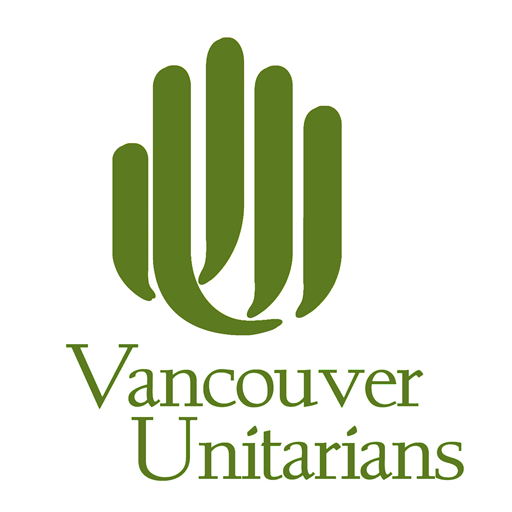

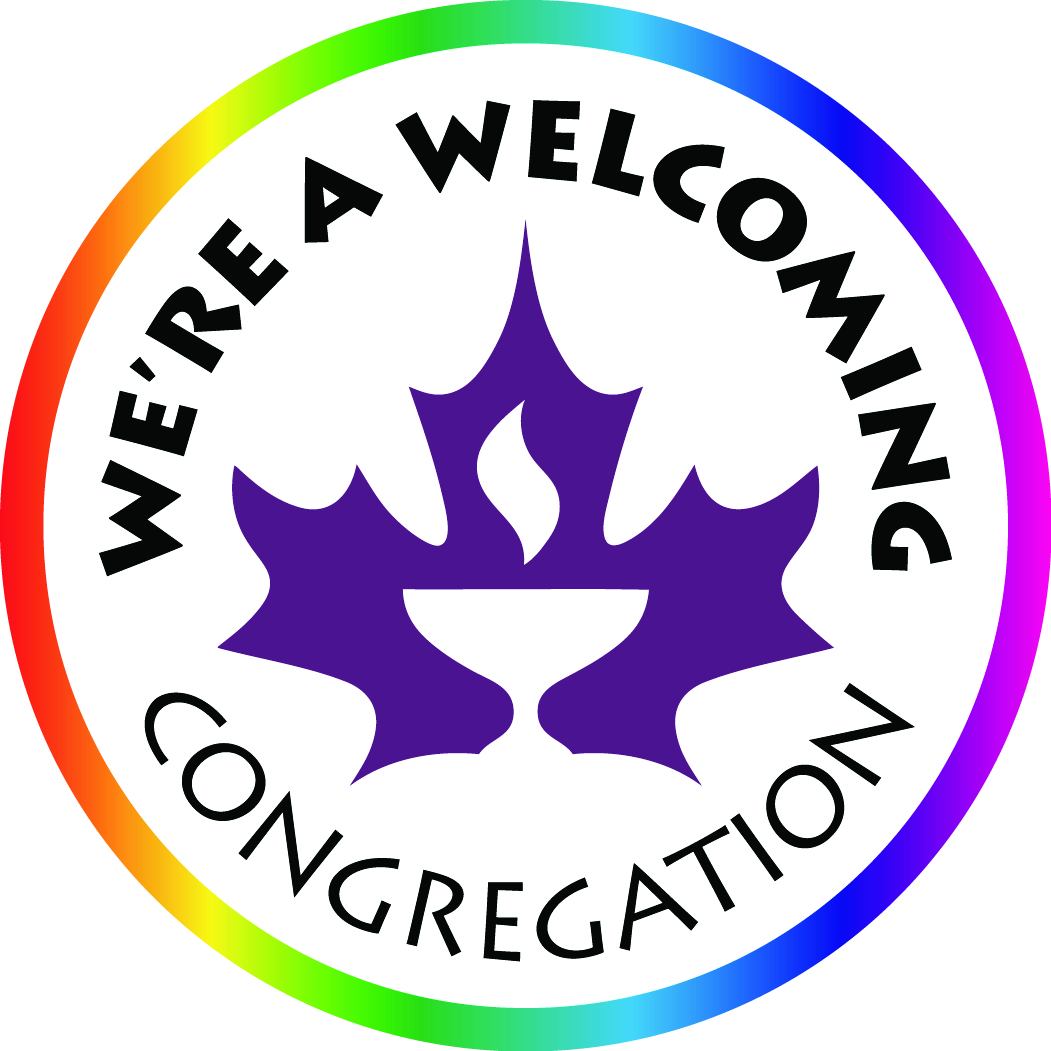

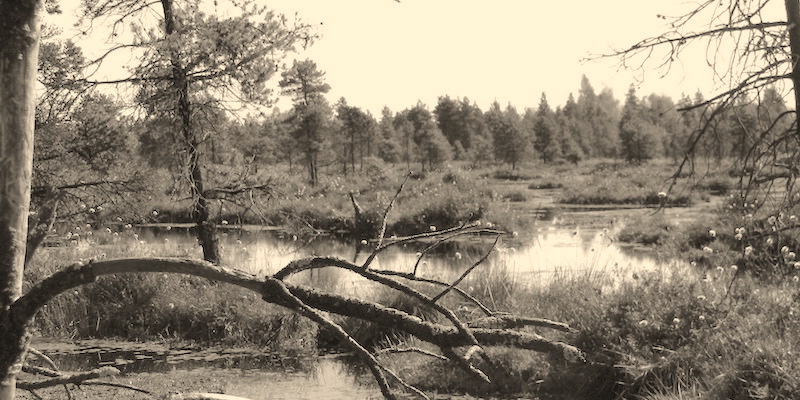
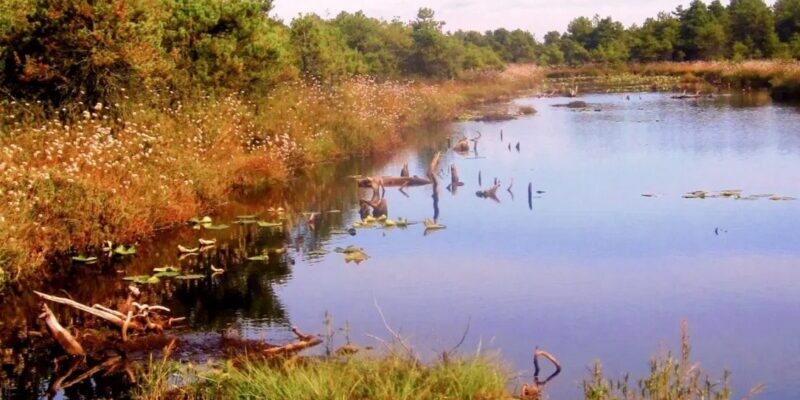

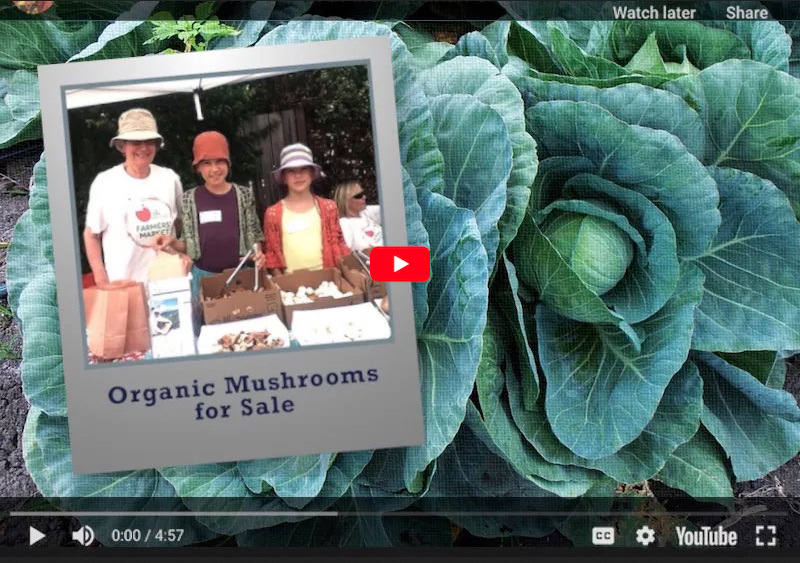
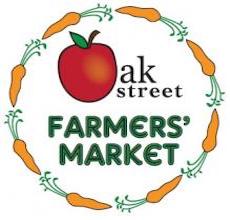
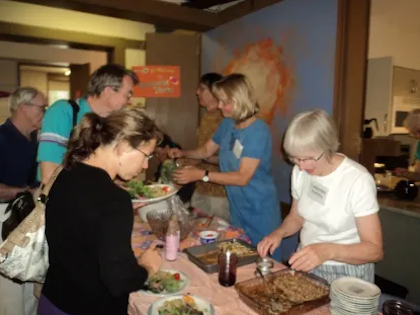



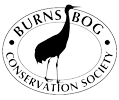 Our Outreach Opportunities Fund recipient for the June-Sept 2020 period is the
Our Outreach Opportunities Fund recipient for the June-Sept 2020 period is the 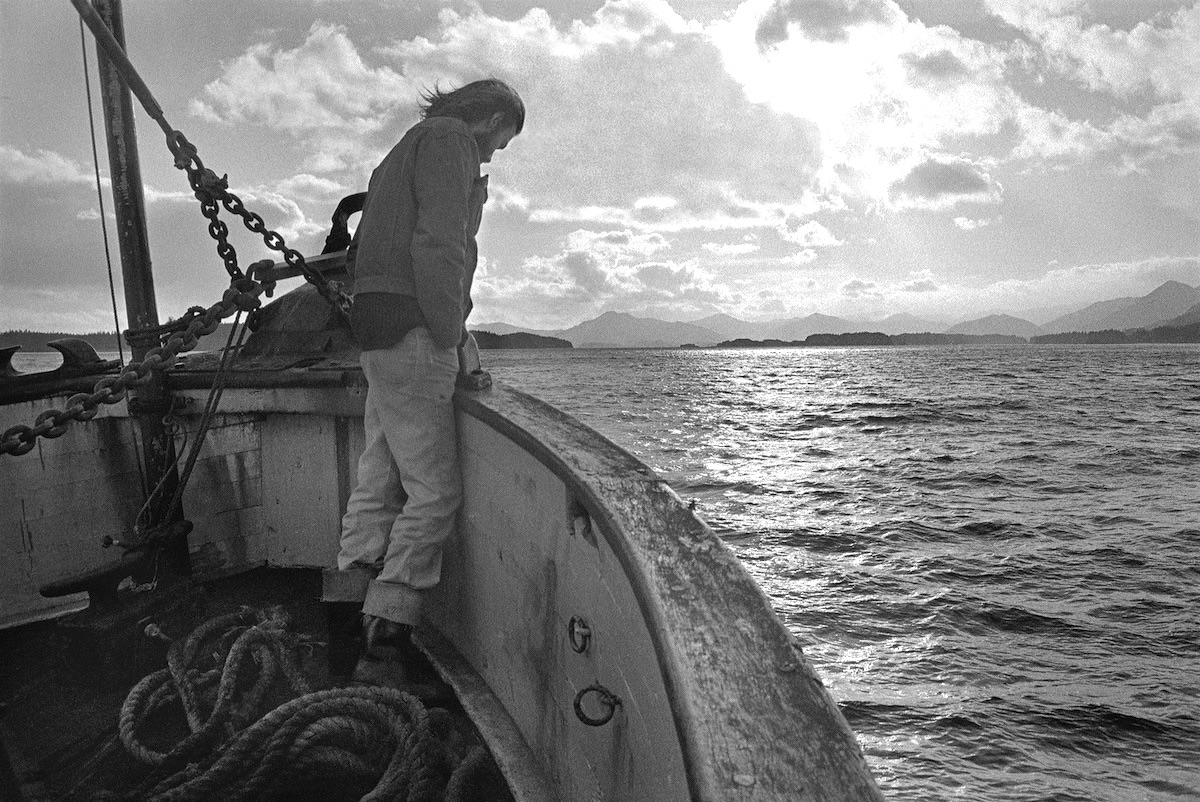
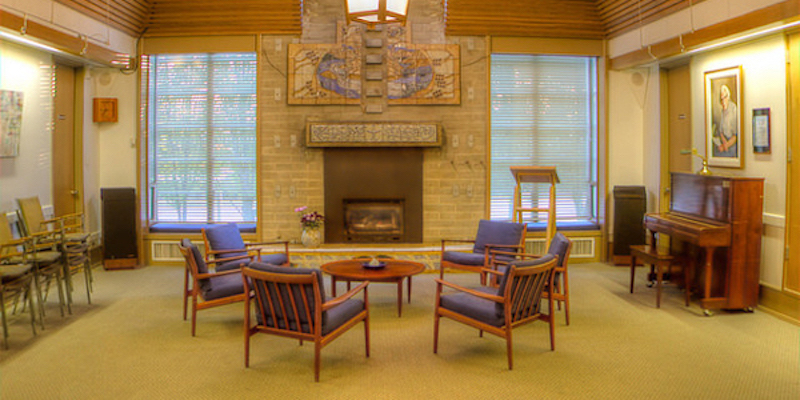
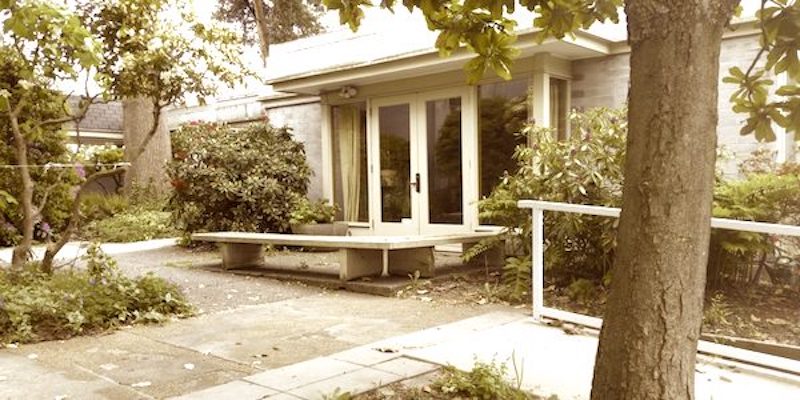
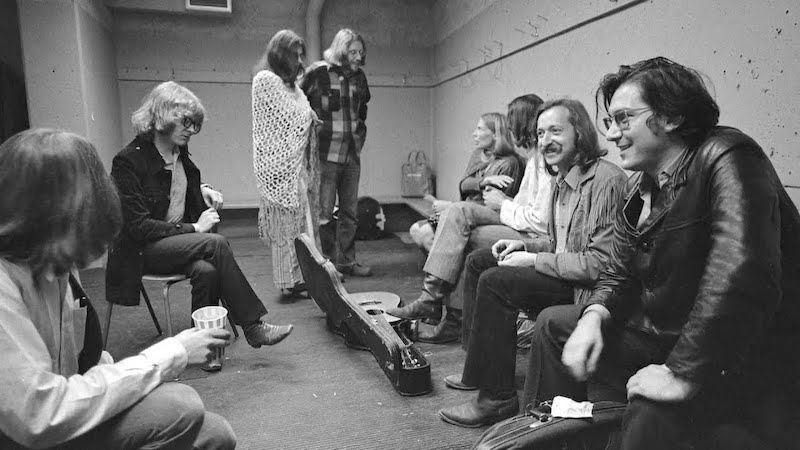
You must be logged in to post a comment.